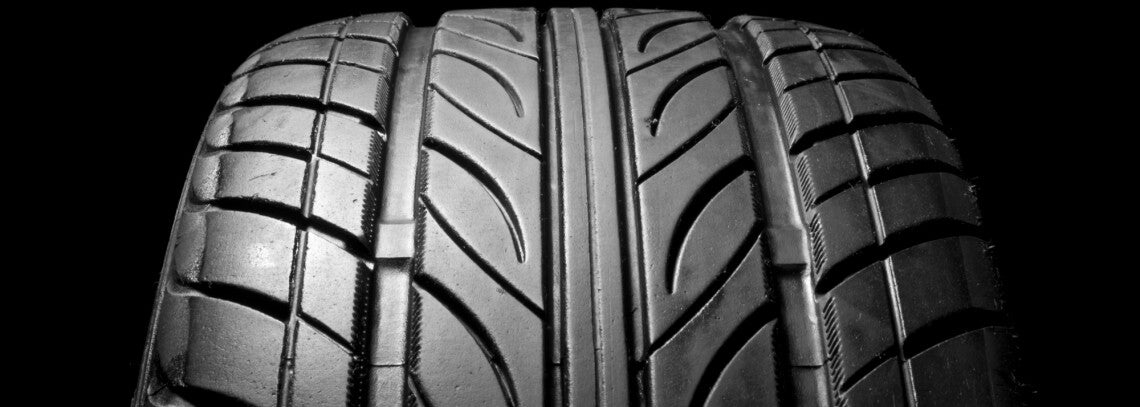How to Fill Tires with Air

New Ford vehicles come with a Tire Pressure Monitoring System (TPMS) to automatically monitor and display the pressure in each of your car’s tires. So, how much air should you put in your tires? Read the guide below from the Jim Hudson service department to learn about the proper car tire pressure levels, and how to fill tires with air so that you can keep driving safely and smoothly in Columbia.
How to Fill Tires With Air: Step-by-Step Guide
Your TPMS will alert you when it’s time to top off your tire pressure. Fortunately, making adjustments to your car tire pressure is pretty simple to do on your own! Here’s how to fill tires with air, step-by-step:
- Bring your car to an air dispenser at a local Irmo gas station, making sure to park close enough that the air hose can reach all four tires.
- Remove the tire valve cap from the first tire and attach it to the hose.
- Add air in short bursts, and use a car tire pressure gauge to check the air pressure in the tire.
- Continue adding air and rechecking the tire pressure until it’s at the proper level.
- Repeat this process for the other three tires.
Why use your own tire pressure gauge rather than the gauge at the gas station? We suggest this route because many gas station hose gauges aren’t 100% reliable. It’s crucial to avoid overfilling your tires, but if you do add too much air, simply release some of the air. Do this by pressing the pin on the tire valve with the back of the air hose nozzle. Be sure to keep adjusting the pressure until it’s right, and to reset your TPMS dash light afterward.
How Much Air Should I Put in My Tires?
You can find the proper car tire pressure for your vehicle in your owner’s manual, or contact the technicians at our service department. Passenger cars typically have a recommended tire pressure of 32 to 35 psi (pound per square inch) when cold. If you’re just learning how to fill tires with air, remember to keep these points in mind:
- Don't inflate your tires to the psi given on the tire itself. This number is the tire’s maximum pressure, not the amount that’s actually most safe or recommended.
- How can you tell if tire pressure is too high? A bouncy ride and difficult handling are good indications.
- Tire pressure that’s too low can shorten the life of your tires.
Schedule Expert Tire Service at Jim Hudson Ford of Lexington
Whether your car is due for a tire rotation or you have questions about DUIY car topics like how to fill tires with air, we’re here to help! Contact our team or visit our dealership near Chapin, and be sure to check out current service and parts specials to save on your next appointment.

